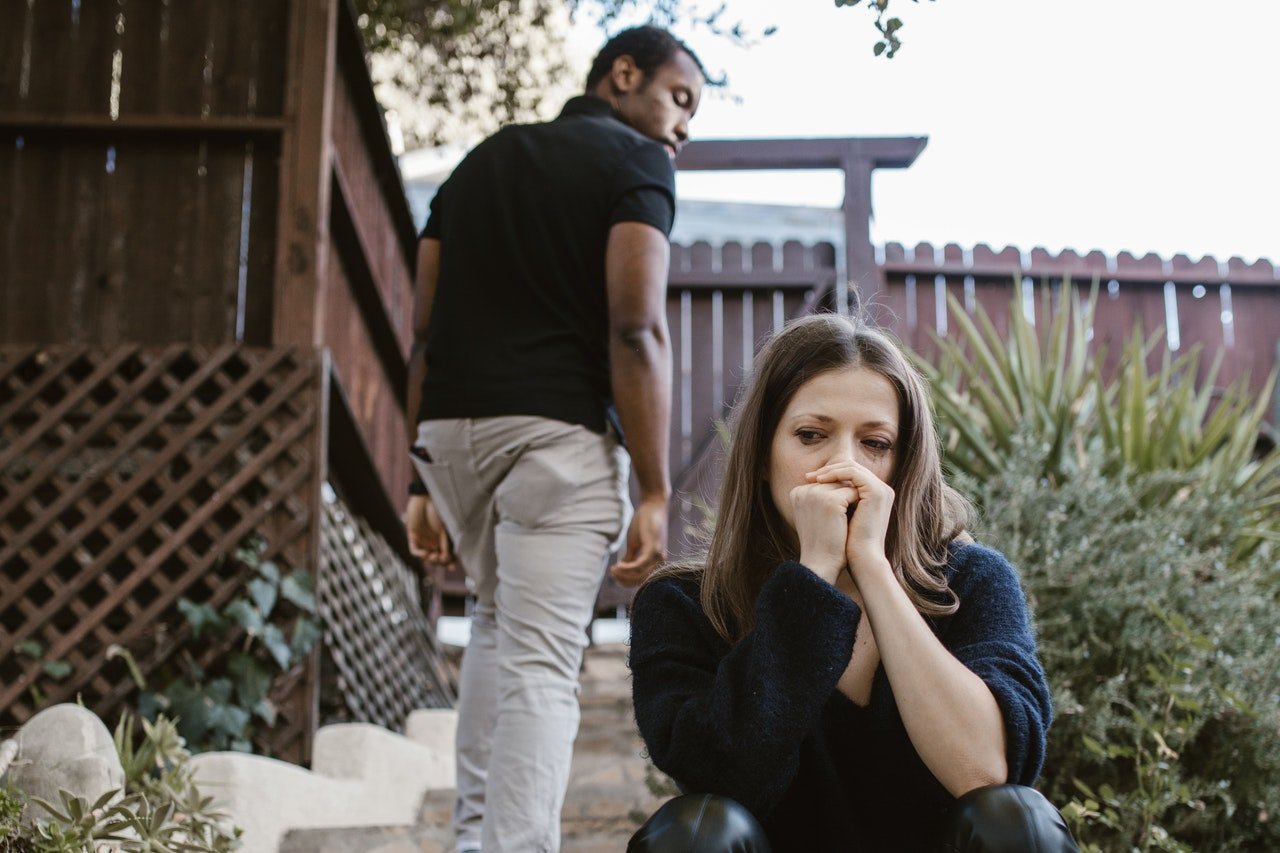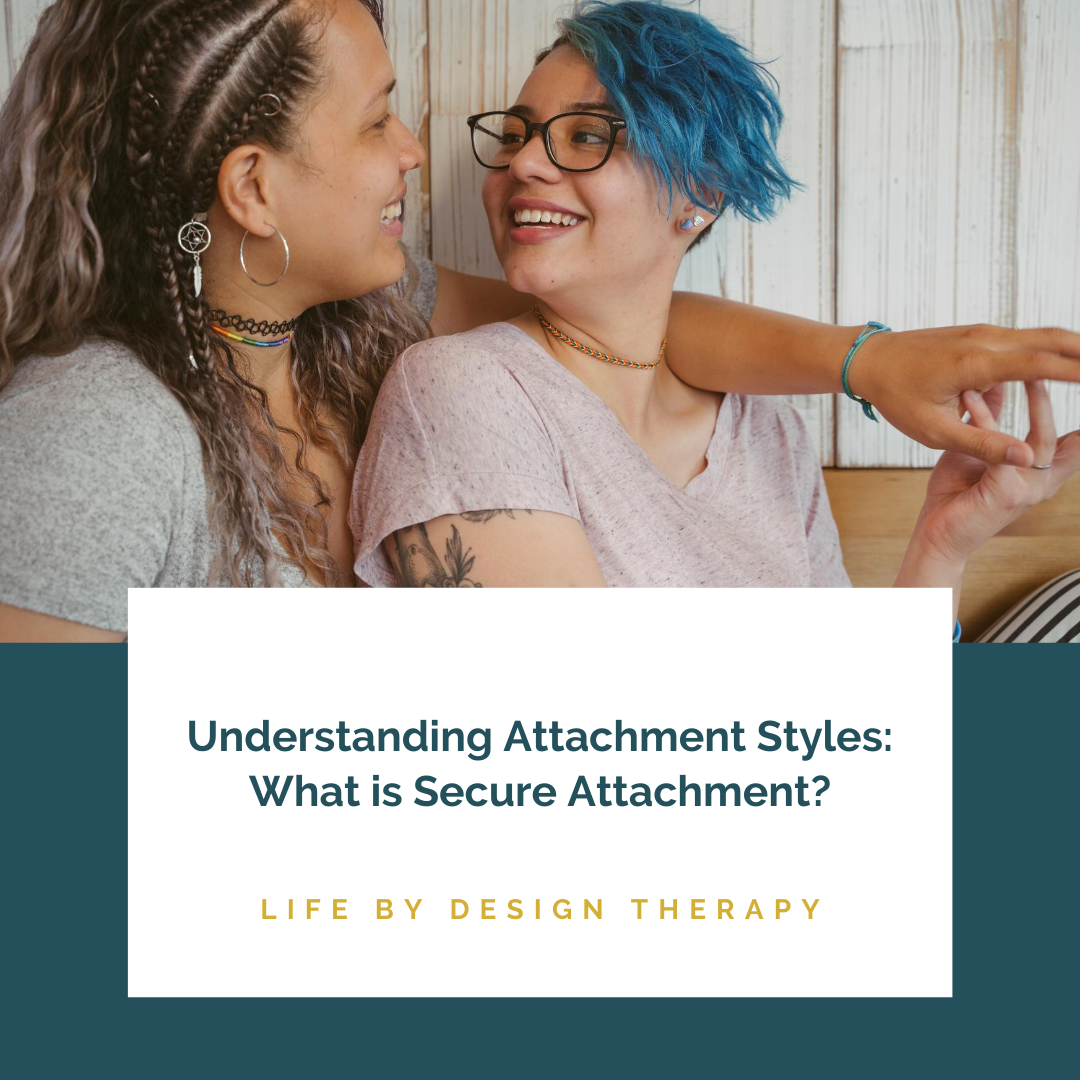By Melody Wright, LMFT
In the unique dance of relationships, there are moments of joy, laughter, and connection, but there are also times of challenge, disagreement, and even heartbreak. Navigating the ebbs and flows of a partnership requires resilience, understanding, and, sometimes, a little extra support. That's where couples therapy comes into play—a safe space where relationships are nurtured, vulnerabilities embraced, and the journey of love unfolds.
Picture this: a couple, once deeply in love, now finding themselves at a crossroads. The initial spark that brought them together is dimming, replaced by misunderstandings and a sense of disconnect. It's a scenario familiar to many, and it's essential to recognize that seeking help is not a sign of weakness but rather a courageous step toward healing and growth.
In the world we live in, couples often face challenges that can strain even the strongest bonds. Work pressures, family dynamics, and personal struggles can create a rift between partners. Couples therapy, facilitated by a trained and empathetic professional, offers a dedicated space for open communication, a fundamental building block for any successful relationship.
One of the primary benefits of couples therapy lies in its ability to provide a neutral ground for dialogue. It's easy for conversations to become emotionally charged, leading to a cycle of misunderstandings and unmet needs. A skilled therapist acts as a guide, steering conversations away from blame and towards understanding. They empower couples to express their thoughts and feelings in a way that fosters empathy and connection.
Couples therapy equips partners with effective communication tools that extend beyond the therapy session itself. Learning to listen actively, express emotions authentically, and validate each other's experiences are skills that can transform how couples navigate challenges in their day-to-day lives. It's not about erasing disagreements but rather creating a roadmap to navigate them constructively.
In the therapeutic space, couples can explore the roots of their challenges and patterns that may be contributing to their struggles. Whether it's unresolved past issues, unmet expectations, or differing communication styles, the therapist guides the couple in uncovering these underlying dynamics. This process is not about assigning blame but rather about gaining insight and fostering a deeper understanding of each other.
Empathy plays a pivotal role in the transformative journey of couples therapy. The therapist facilitates a compassionate space where both partners can share their vulnerabilities without fear of judgment. Through this process, couples often discover hidden aspects of their relationship, leading to a renewed sense of intimacy and connection. It's important to know that couples therapy isn’t only for relationships on the brink of collapse. In reality, seeking professional guidance at the early signs of distress can prevent deeper issues from taking root. Think of it as proactive care for your relationship—much like going to the doctor for a check-up for preventative healthcare.
Final Thoughts
In conclusion, couples therapy is a powerful tool for relationships navigating the complexities of life. It shows the strength and commitment of partners willing to invest in the well-being of their connection. The therapeutic journey is not about fixing what's broken but rather about cultivating a resilient, loving partnership that can work through the complexities of life. If you’re ready to get started, we have a team of skilled therapists ready to support you and your partner. CLICK HERE to schedule your free phone consultation today.



































